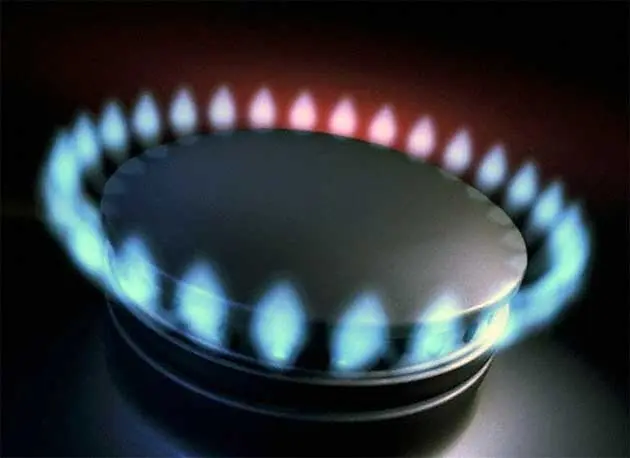To save on gas, especially for those using gas canisters, consider these seemingly minor details.
In a wide, flat-bottomed pot, liquids boil faster, while in a tall, narrow one, they take longer.
When you just need to boil a little water for tea, it’s more efficient to use a small pot with a lid rather than a large kettle.
It’s not advisable to leave the kettle on the heat for too long: not only is gas wasted, but prolonged boiling can lead to limescale buildup on the bottom and sides.
When boiling eggs, remove them from the heat as soon as the water reaches a boil and cover them. In a few minutes (twice as long as if they were on the heat), the eggs will be ready. Take them out and rinse them under cold water.
To cook porridge, most grains (like oatmeal, rice, pearl barley, buckwheat, etc.) can be soaked in advance. Soaked grains cook much faster.
Not all cooks, especially younger ones, know that porridge takes much longer to cook in milk. It’s better to partially cook pasta, rice, or buckwheat in salted water first, and then finish cooking them in milk. If you’re not planning to eat the porridge right after making it, you can finish cooking it in a hot oven or in a pot covered with a specially made insulated lid.
In a pressure cooker, all dishes cook much faster: stewed potatoes take about 10 minutes, cabbage 3 to 5 minutes, and chicken broth around 30 minutes. Many cooks have been using pressure cookers for twenty years, and the feedback is overwhelmingly positive. It saves time, fuel, and the quality of the dishes is significantly better.
For various reasons, we often find ourselves overcooking or burning previously prepared dishes. Not only do we waste gas or electricity, but it also negatively affects the quality of the food. We recommend creating a chart for yourself: what to cook, in what quantity, and for how long.
During boiling or frying, it’s important to reduce the heat at the right time. Once a dish reaches a boil, it will cook regardless of the heat level. However, cooking on high heat can cause it to boil over, evaporate, or burn. A lid also speeds up cooking. Some pots are designed with lids that don’t fit too tightly to prevent liquid from boiling over.
On an electric stove, which cools down very slowly, you can leave a nearly finished dish after turning off the burners. The food will continue to cook gradually.

